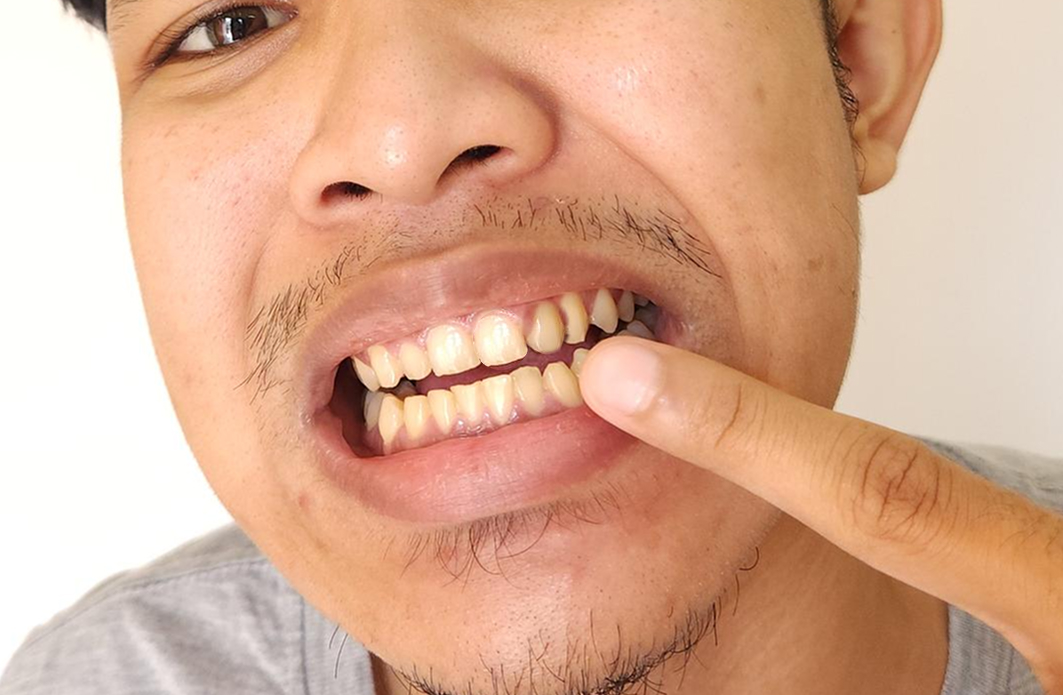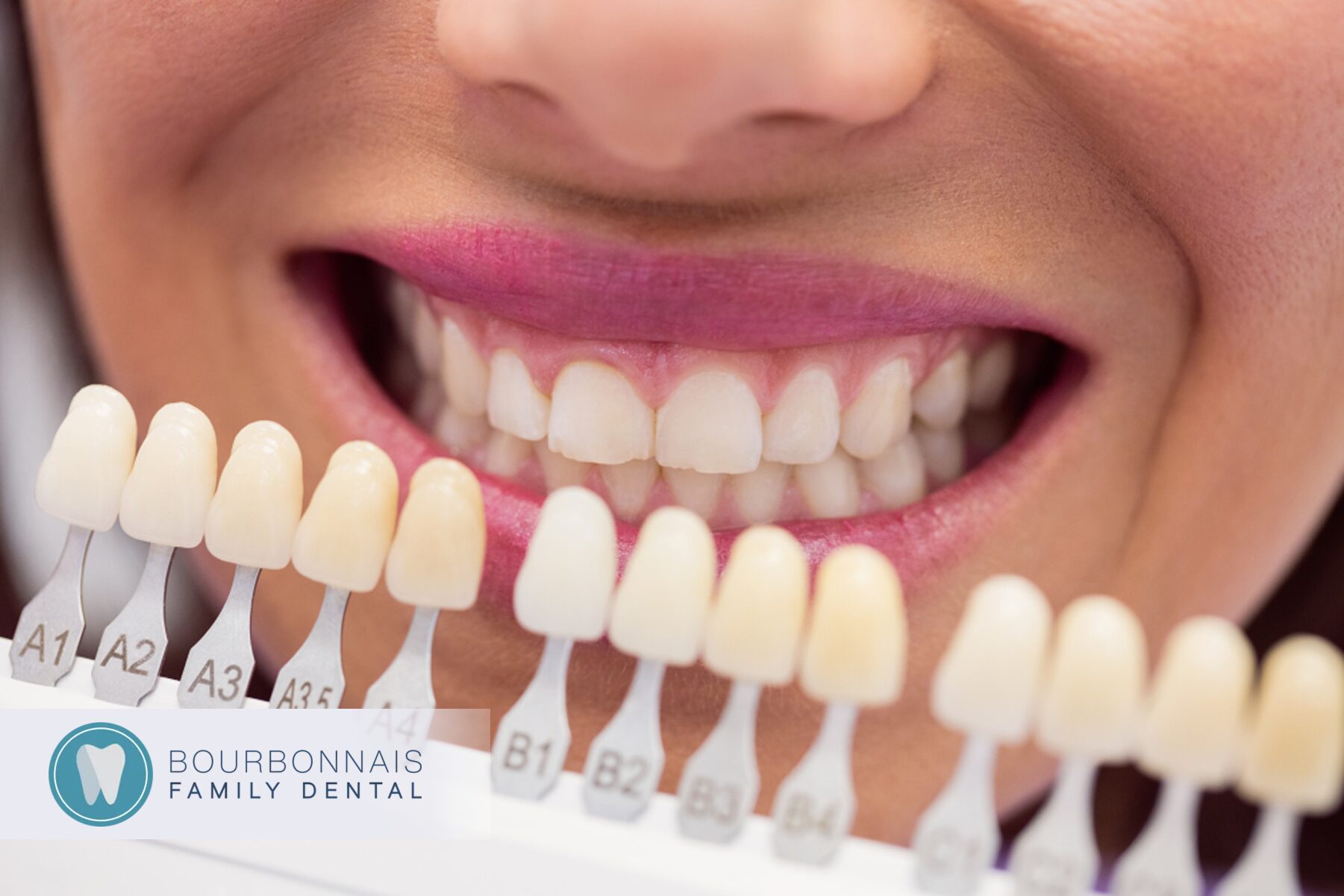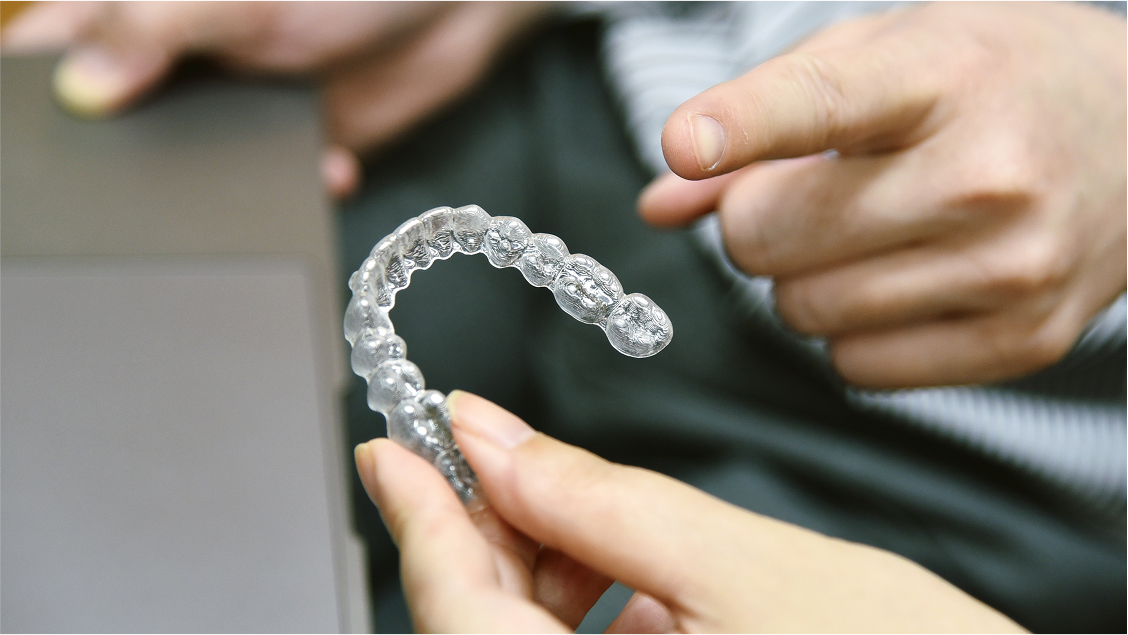When most people think of the first dentures ever made, they picture George Washington and his famous wooden teeth. But that piece of trivia isn’t quite right. Washington’s false teeth were actually made from ivory, not wood—they were just so badly stained that they looked wooden.
In truth, the story of dentures goes back much further and involves teeth from both humans and animals, stones, shells, and even rubber.
Let’s take a look at the real history of false teeth.
The First Complete Dentures—Made of Wood
While George Washington gets the credit, he wasn’t the first to use false teeth. According to The History of Dentistry, dentures actually date all the way back to 2500 B.C. They were made from animal teeth.
Later—we’re talking about centuries—ancient Egyptians and Etruscans formed dentures from bone, wire, animal, and human teeth that were repurposed.
In Japan, the earliest surviving full set of wooden dentures dates back to the 16th century. Carved with great care, these dentures were molded to fit the wearer’s mouth and rest against the gums.
They weren’t perfect. Wooden dentures absorbed moisture and wore down with use. Still, they marked a meaningful shift toward full replacements for missing teeth, not just cosmetic patches.
The Material Shift in the 18th Century
Fast forward to the 18th century. Dentistry took steps forward, and the materials used for dentures expanded. Dentists started to use ivory (like George Washington), gold, silver, rubber, and porcelain. These dentures were made to handle the pressure of chewing, unlike their earlier wooden counterparts.
Despite these improvements, early versions were often uncomfortable. Partial dentures were common, but a full set was hard to wear without adhesives. George Washington famously had several sets made from ivory and human teeth. He often looked stiff in portraits—perhaps because he was coping with uncomfortable dentures.
Using human teeth remained popular, though problematic. It was hard to find enough healthy donor teeth, and the risk of disease was high. Some dentures included animal teeth as well, though they too had drawbacks. This led dentistry toward alternatives.
Breakthroughs in the 20th Century
Dentures saw their biggest improvements in the 20th century. Scientists developed plastics and acrylic resins that were both strong and lightweight. These materials could be shaped to fit better than past options, and they didn’t carry the risks that came with using real teeth.
The 20th century also saw a rise in partial dentures—removable devices tailored to replace just one or a few missing teeth. These became much more common and more comfortable.
With these advancements, dentures became more than just a way to fill gaps. They helped restore full dental function in people without natural teeth.
Looking Ahead: Growing Human Teeth?
Scientists have been exploring ways to grow new human teeth for years. The goal isn’t just to replace missing teeth with false ones, but to stimulate the body to develop entirely new, natural teeth. While researchers have made progress in understanding how teeth form, the biggest challenge lies in developing the root.
A tooth’s root anchors it to the jaw and allows it to function like a natural tooth. Without a strong and stable root, even a successfully grown tooth won’t perform as needed. Regenerating the crown—the visible part of the tooth—is one step, but guiding cells to form a custom, load-bearing root is far more complex. This has slowed down efforts to bring lab-grown teeth into clinical use.
Still, the research continues. If scientists can overcome issues with root development, future dental care may no longer rely on partial dentures or synthetic materials. Instead, people may one day receive living replacements that grow like natural teeth, rooted in the jaw and fully functional.
Tracing the Journey of Dentures from Past to Future
The first dentures ever made were crafted from bone, wire, and animal or human teeth—used by ancient cultures to replace missing teeth. However, the earliest surviving full set of dentures is made of wood and dates back to 16th-century Japan, offering a rare glimpse into how tooth replacement evolved over time.
Today’s dentures in Bourbonnais, IL, rely on durable materials and precise fittings. Still, the need for dentures highlights something simple yet important: our teeth matter. Whether to chew, speak, or smile, replacing missing teeth remains crucial.
As we look to the future, a new generation of dental solutions—with roots in nature itself—may change the story of dentures all over again.





